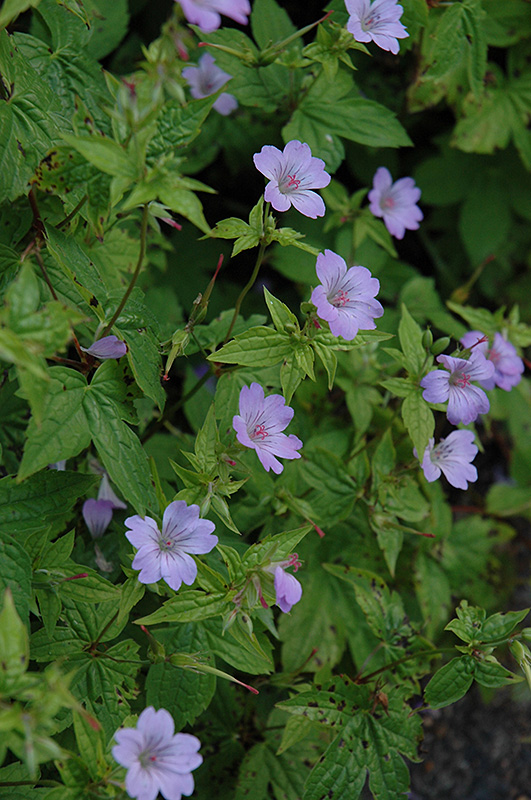Svelte Lilac Cranesbill
Description
Beautiful, glossy light green leaves, complemented by pretty lilac saucer shaped blooms with dark purple veins; a small mounded plant ideal for borders and rock gardens; deadhead spent flowers for reblooming
Landscape Attributes
Svelte Lilac Cranesbill is an herbaceous annual with a mounded form. Its relatively fine texture sets it apart from other garden plants with less refined foliage.
Svelte Lilac Cranesbill is recommended for the following landscape applications;
Planting & Growing
Svelte Lilac Cranesbill will grow to be about 12 inches tall at maturity, with a spread of 15 inches. When grown in masses or used as a bedding plant, individual plants should be spaced approximately 12 inches apart. Its foliage tends to remain dense right to the ground, not requiring facer plants in front. Although it's not a true annual, this plant can be expected to behave as an annual in our climate if left outdoors over the winter, usually needing replacement the following year. As such, gardeners should take into consideration that it will perform differently than it would in its native habitat.
This plant does best in full sun to partial shade. It prefers to grow in average to moist conditions, and shouldn't be allowed to dry out. It is not particular as to soil type or pH. It is somewhat tolerant of urban pollution. This is a selected variety of a species not originally from North America. It can be propagated by division; however, as a cultivated variety, be aware that it may be subject to certain restrictions or prohibitions on propagation.
Svelte Lilac Cranesbill is a fine choice for the garden, but it is also a good selection for planting in outdoor pots and containers. It is often used as a 'filler' in the 'spiller-thriller-filler' container combination, providing a mass of flowers and foliage against which the thriller plants stand out. Note that when growing plants in outdoor containers and baskets, they may require more frequent waterings than they would in the yard or garden.

